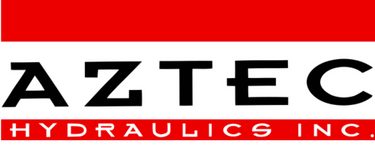Get your free account
877-873-8080
Hydraulic motors are devices that convert hydraulic pressure and fluid flow into rotational mechanical power. They are used in a variety of applications where continuous rotary motion is required, such as in construction machinery, agricultural equipment, and industrial machinery.
A hydraulic motor consists of a housing, a rotating shaft, a cylinder block, and a series of pistons or vanes. The housing contains the cylinder block and the shaft, which is connected to the pistons or vanes. The cylinder block is located within the housing and contains a series of chambers, each of which is connected to an inlet and outlet port.
When pressurized hydraulic fluid is supplied to the inlet port of the motor, it enters the chambers within the cylinder block, causing the pistons or vanes to move. The movement of the pistons or vanes creates torque on the rotating shaft, causing it to turn. The fluid that exits the outlet port is then returned to the hydraulic reservoir.
There are several types of hydraulic motors, including gear, vane, and piston motors. Each type has its own unique advantages and disadvantages, depending on the specific application. Some of the factors that can affect the choice of hydraulic motor include the required torque and speed, the available hydraulic pressure and flow, and the operating environment.

Our team can help get you quotes quickly for over 7,000,000 part numbers for 100+ brands of heavy-duty equipment
